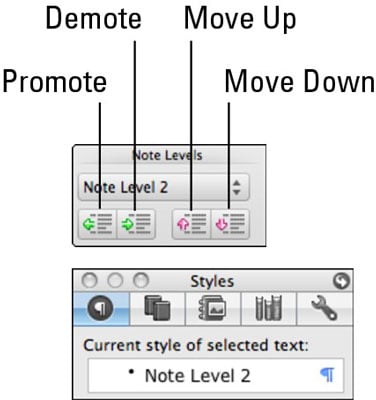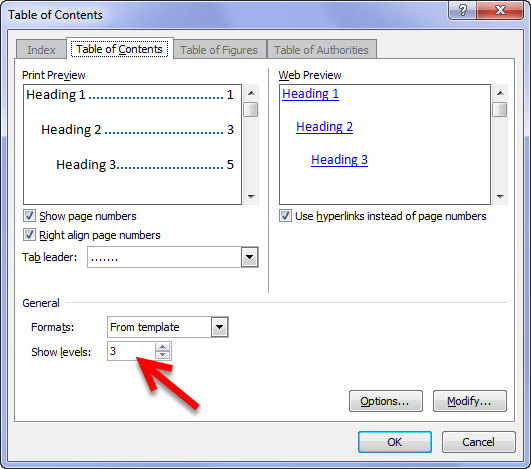

We both scored a zero on this readability score, which is a good. So aim for an average score here of no more than five. Given the choice between the polysyllabic indicators and the monosyllabic signs, most writers will choose the latter - as I did. Like the great orator Winston Churchill, every writer will tell you that short words are best. This readability score tells me the average word in my text is 4.2 letters long, compared with six in the original. Use any more than this and it could be a sign you’re trying to cram too many ideas into one sentence.

Some writers are even stricter than me and aim for 20. I try to stick to a maximum of 24 words a sentence as that’s the point they get hard to read. They make life easy for your reader.Ī glance at the two readability scores shows that average sentence written by the original author is 28 words long, compared with my average of 17.3. Because if you try to cram too many ideas into one sentence, your writing can become hard to follow. But, as with paragraphs, the higher this figure the better (within your word count).

That’s because short paragraphs are kinder on the eyes - and therefore easier to read.Īgain, we scored equally on this occasion. Notice that most paragraphs are no more than one or two sentences long. We were equal on these readability scores, but as a rule of thumb, you should aim for as many paragraphs as you can. So at 56 words, my text beats the original's readability score (89 words) by some way. When its finished the spell check, Word will give you a rundown of each readability score.įacts and figures are one thing, but how do you interpret each readability score? Let’s look at the two sets of scores above.Īs any writer will tell you, short and sweet is best, and as George Orwell advised, if it’s possible to cut a word out you should. Under Options, make sure Show readability statistics is selected If you don’t know about Word’s readability tool, you should. But don’t take my word for it - take a look at each readability score I got from running each piece through the readability tool in Word. It will let you spot the warning signs that a crisis is unfolding, so you can stop it escalating or even happening at all. So analyse what’s happened in the past to help you predict what might happen in the future. If you know what causes crises, you can prepare for them. The objective for enhanced analytics is not to predict events, but to help companies develop more meaningful warning indicators, and an increased awareness of their leverage in preventing or managing 'runaway' crises.Īnd here’s a quick translation of what I think the writer is trying to say (do say in the comments if you think I’ve missed any crucial details).
SETTING INDENTS IN WORD 2011 DRIVERS
Better understanding of the drivers of extreme events, whether external developments or internal process interactions, can help build a robust, flexible and dynamic crisis management program. Use predictive analytics as a decision support tool to drive a forward-looking analysis of scenarios, response effectiveness, and critical correlations that can complicate or escalate events. Here’s some wonderful gobbledygook in a “research paper” (contempt-expressing scare quotes mine) on crisis management, which was recently published by a well-known management consultancy.

So let's take a look at what each score means and how you can use them to improve the readability of your work. Word's readability score is a great place to start when you want to improve your writing.


 0 kommentar(er)
0 kommentar(er)
